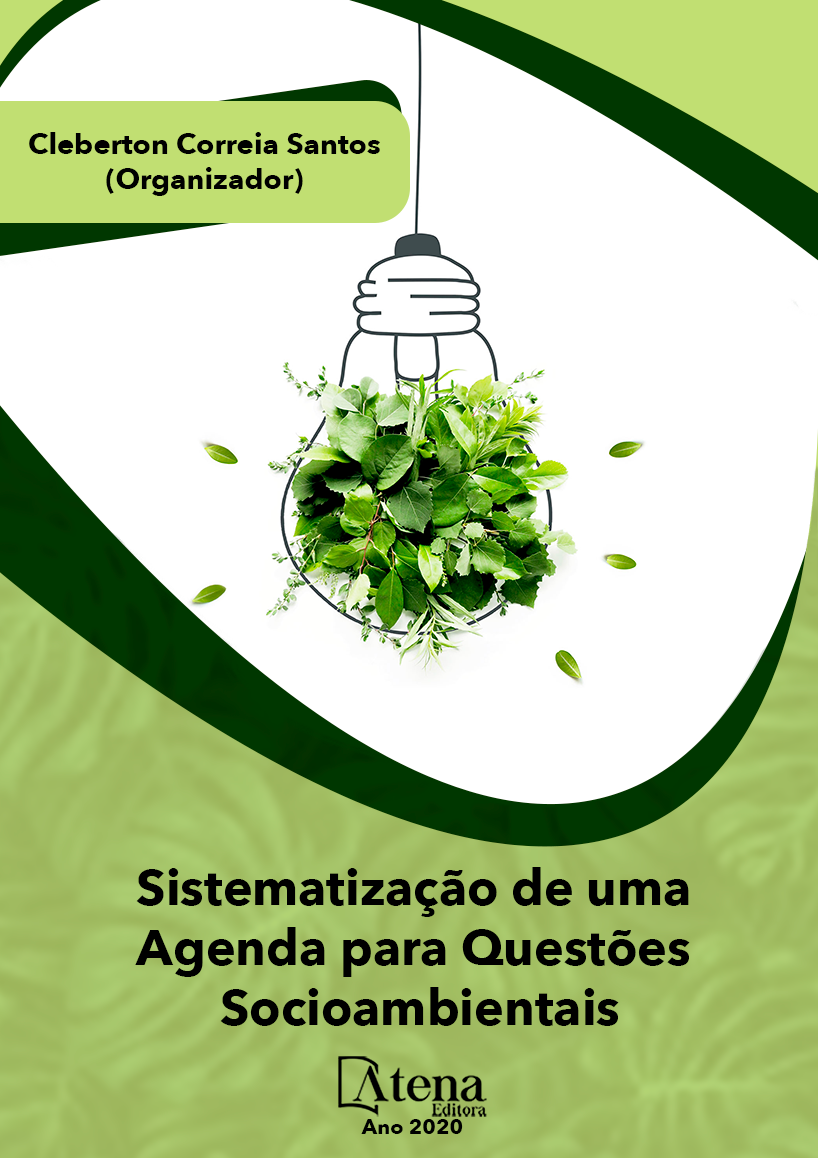
SUB-BOSQUE EM UM TESTE DE PROGÊNIES E PROCEDÊNCIAS DE Eucalyptus urophylla S.T. BLAKE
A redução do Cerrado aumenta o risco de extinção de espécies de plantas e animais. Para restauração ecológica é fundamental o conhecimento da composição e estrutura da vegetação natural, em condições de perturbação e posterior regeneração. Desse modo, o objetivo foi avaliar a presença de espécies arbóreas no sub‐bosque de um teste de progênies e procedências de Eucalyptus urophylla (TPR‐EU) em Selvíria‐MS. O levantamento foi realizado antes do desbaste. A área de 0,9 ha encontra‐se circundada por um fragmento florestal de Cerrado strictu sensu e um teste de progênies de Pinus. As distâncias variam de 5 a 20 m. O clima da região foi caracterizado como Aw, com precipitação média anual em torno de 1300 mm e temperatura média anual de 22,4°C. O solo é do tipo Latossolo Vermelho Distrófico. A identificação das espécies foi realizada em 13 faixas de 198 m de comprimento e 3 m largura. Os dados foram analisados no modelo linear misto. Houve diferença significativa para os efeitos de espécies e repetições. Foram identificadas 55 espécies, sendo as mais abundantes: Copaifera langsdorffii Desf., Xylopia aromatica (Lam.) Mart., Matayba elaeagnoides Radlk., Erytroxylum deciduum A. St.‐Hill. e Rhamnidium elaeocarpum Reissek. A média de indivíduos nas primeiras faixas foi baixa (3,35), podendo ser devido ao efeito da bordadura e maior abundância de braquiária, limitando a ocorrência das espécies nativas. A partir da faixa 4 do TPR‐EU (5,71) mantiveram‐se elevadas até a faixa 9 (4,21), a indicar que o maior número de indivíduos é proveniente do fragmento de Cerrado stricto sensu. No entanto, a partir da faixa 10, com a aproximação do TP de Pinus (aproximadamente a 17 m), o número de espécies foi diminuindo (3,56 a 0,85). O sub‐bosque, presente no TPR‐EU, apresentou diversidade alta de espécies e a proximidade com o fragmento de Cerrado contribuiu para a recuperação dessa área com espécies nativas.
SUB-BOSQUE EM UM TESTE DE PROGÊNIES E PROCEDÊNCIAS DE Eucalyptus urophylla S.T. BLAKE
-
DOI: 10.22533/at.ed.0562015042
-
Palavras-chave: conservação, espécies nativas, fragmento florestal
-
Keywords: conservation, native species, forest fragmentation
-
Abstract:
Cerrado reducing increases the risk of extinction of plant and animal species. For ecological restoration is fundamental knowledge of the composition and structure of natural vegetation, under conditions of disturbance and subsequent regeneration. Thus, the aim was to evaluate the presence of tree species in the understory in a progenies and provenances test of Eucalyptus urophylla (TPR-EU) in Selvíria-MS. The survey was performed before thinning. The 0.9 ha area is surrounded by a Cerrado strictu sensu forest fragment and a Pinus progeny test. Distances range from 5 to 20 m. The climate of the region was characterized as Aw, with annual average rainfall around 1300 mm and annual average temperature of 22.4 °C. The soil is of the Dystrophic Red Latosol type. Species identification was performed in 13 zones of 198 m length and 3 m of width. Data were analyzed in the linear mixed model. There was significant difference for the effects of species and repetitions. Fifty-five species were identified, the most abundant being: Copaifera langsdorffii Def., Xylopia aromatica (Lam.) Mart., Matayba elaeagnoides Radlk., Erytroxylum deciduum A. St.-Hill. and Rhamnidium elaeocarpum Reissek. The average number of individuals in the first ranges was low (3.35), which may be due to the edge effect and greater abundance of brachiaria, limiting the occurrence of native species. At the line 4 in the TPR-EU (5.71) they remained elevated until line 9 (4.21), indicating that the largest number of individuals came from the Cerrado stricto sensu fragment. However, as of line 10, as the Pinus TP approached (approximately 17 m), the number of species decreased (3.56 to 0.85). The understorey, present in the TPR-EU, showed high species diversity and proximity to the Cerrado fragment contributed to the recovery of this area with native species.
-
Número de páginas: 3
- José Cambuim
- Darlin Ulises Gonzalez Zaruma
- Elton Moreira de Souza
- Júlio Cezar Ambrosio de Menezes
- Mario Luiz Teixeira de Moraes
- Miguel Luiz Menezes Freitas
- Silvelise Pupin


